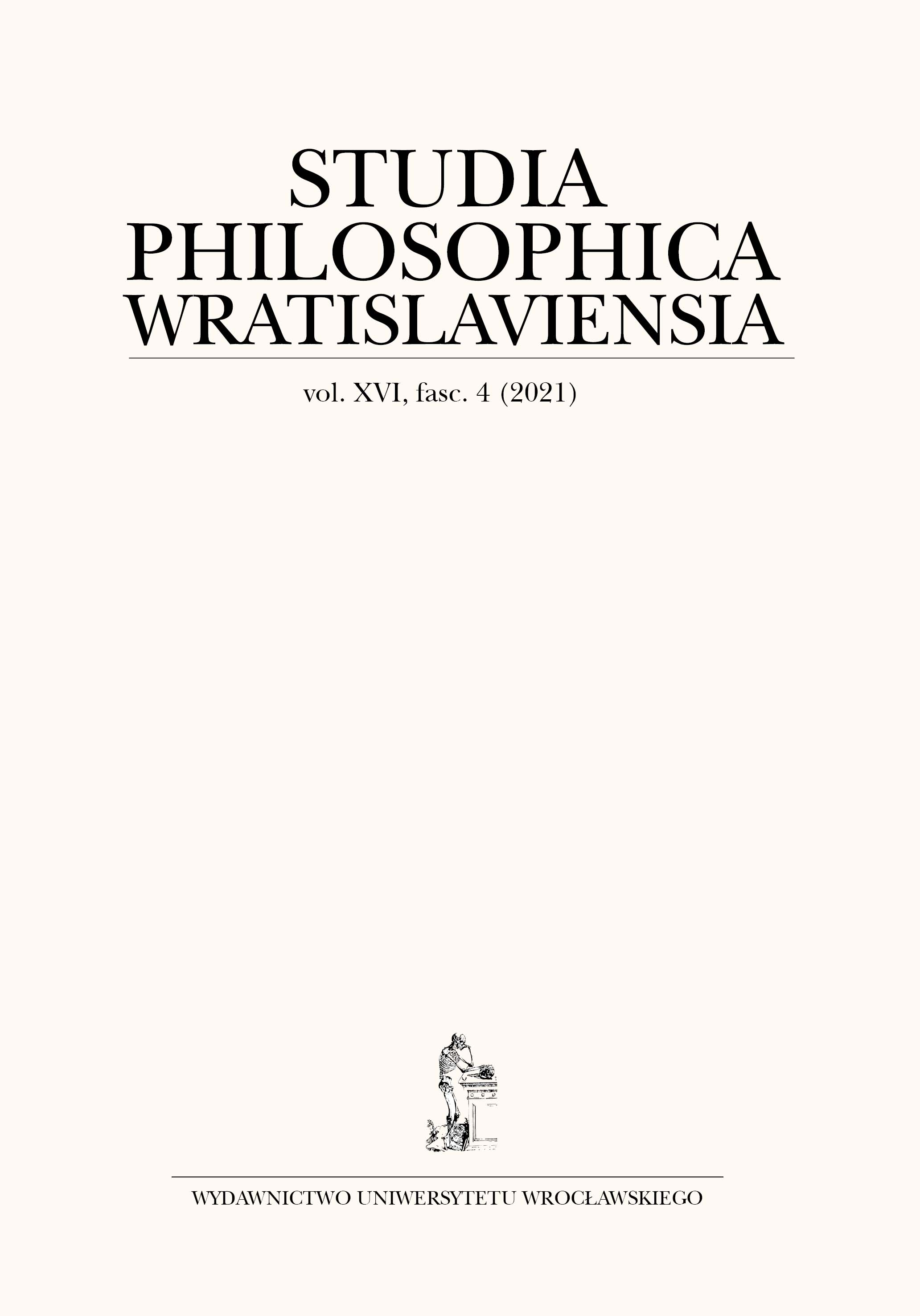

ARTYKUŁY

The paper contains a study case on how ethics influence aesthetics in a literary work. Through a comparison of a Venetian chivalry romance printed in the late 15th century with the Yiddish adaptation of the same Elia Levita originally wrote in Padua in 1507, and then published in Isny, Württemberg in 1541, several differing points are undelined which mirror differences in the relative ethical frameworks of reference. While the characters and the main storyline are substantially the same in both works, the different details in the unfolding of the plot of the Yiddish version show that Levita wrote for a public who shared a different axiology, that is he authored a totally new romance, performing in accordance with the ethical system which his potential readers referred to. This ‘gesture’ in the classical Latin sense of representing a moral background while issuing a literary work carries along both a syncretistic approach to religion and an attitude more respectful of gender equality than the Venetian original does.